جولیا لوهمن با خشک کردن برگهای جلبک دریایی و نگاشت الگویی هندسی بوسیلهی لیزر بر روی این برگهها و بعد دوختن اونها به هم به سبکی نوآورانه اقدام به خلق آباژورهایی سبز و زیستمحیطی کرده.
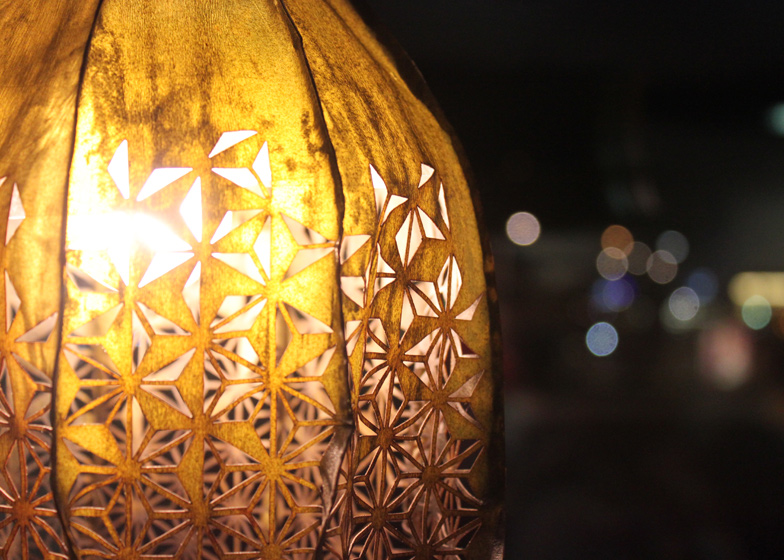
Lohmann used a laser cutting machine to create patterns in pieces of kelp before sewing them together, or stretched them into shape while wet to dry into new forms.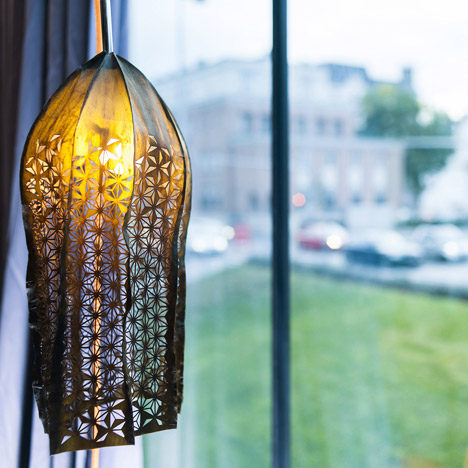
The malleable strips are also wrapped around rattan structures to create a variety of shapes. “The rattan acts like a skeleton and the seaweed is like a skin on top of it,” Lohmann told Dezeen.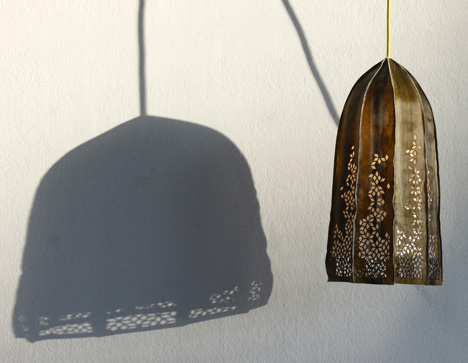
“Seaweed is an amazing material. We consume it almost every day – there are extracts of seaweed in toothpaste,” said Lohmann. “But we hardly ever see the material itself, and I think there is a value in it that has not been fulfilled yet.”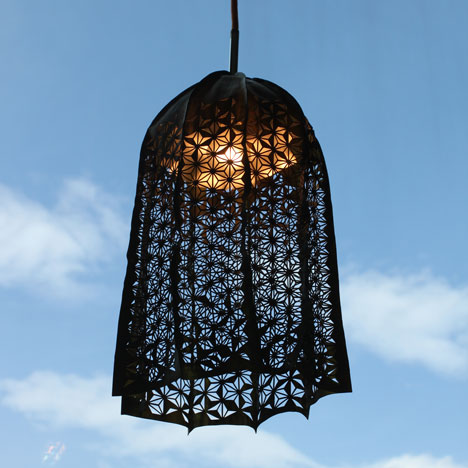
Seaweed could be used as a substitute for leather, parchment and even some kinds of plastics, the designer argued. “I’ve made a veneer that works really well, so it could be a substitute for hardwood,” she said.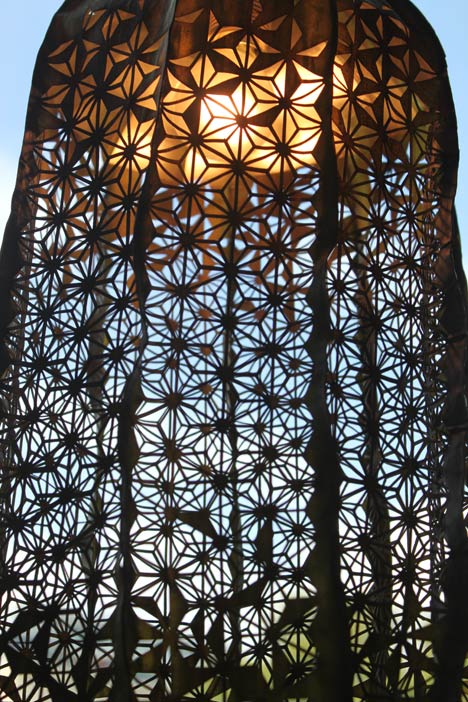
Lohmann also hopes to promote the use of seaweed in fish farms to filter water and provide an additional income for struggling fishing communities. “I want to develop tools to make something from the material that is very valuable, and then I would love to share them with the communities, who then can combine them with their local craft techniques,” she explained.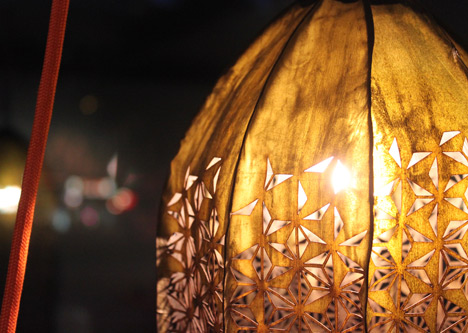
Next year Lohmann will launch the Department of Seaweed at the V&Amuseum in London as part of her half-year residency there, parodying the institution’s Department of Ceramics or Department of Silverware to explore the possibilities of the material.
We previously featured a set of kelp objects by Lohmann presented in Milan in 2008.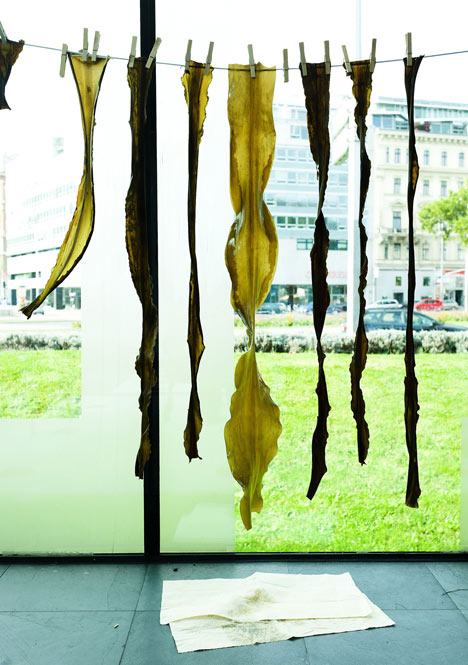
Dezeen also filmed an interview with Lohmann at Design Miami in which she introduces five images that represent her life in design.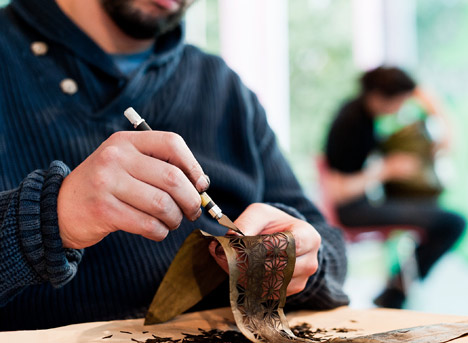
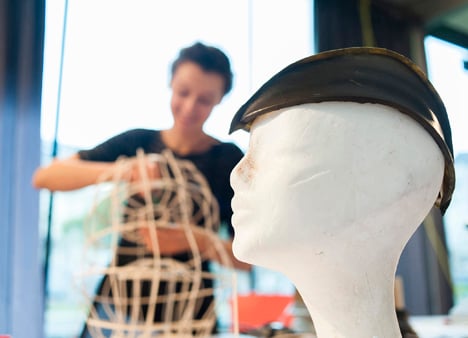
Here’s some more information from the designer:
Julia Lohmann used her time at the Kunsthalle Project Space during Vienna Design Week 2012 to publicly work with kelp as a design material. She was joined by her partner, designer Gero Grundmann, and collaborated with local designer/milliner Moya Hoke and the master furriers Herbert and Christiane Weinberger to create stretched and laser-cut lamps, hats as well as structural test pieces to showcase the strength, flexibility and luminosity of kelp. Lohmann preserved the material to give it a supple, leather-like quality and also worked with pressed dry kelp, which she prepared for veneering and marquetry applications.
[ طرح انتخاب شده از : Dezeen ]





















